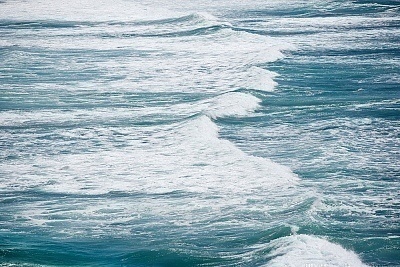What Causes Tides?
Tides are caused by the gravitational attractions between the Moon and the Earth. At some times, though, the gravitational pull of the Sun can lead to an even larger tide. The basics of a tide is that they are higher and lower depending on where the Moon is. If the Moon is right over that area, the tide will be low because the Earth is moving in that direction. If the Moon is on the opposite side of the Earth, the tide will be high because the Earth is being pulled away from that large body of water.
However, this would suggest only one tide a day, but people know that there are two. The reason for this is because the Earth is rotating as well. Since the Earth is rotating and the Moon is rotating, there are two tides every day in the oceans.
Types of Tides
There are multiple different types of tides that are caused by different scenarios. The first is known as a Spring tide which has nothing to do with Spring. These are unusually strong tides that are caused by the Earth, Moon and Sun being in line with each other. With the Moon in either its full Moon or new Moon stage, the gravity pulls on the Earth and causes the tide for the water to be even greater.
The next type of tide is the Proxigean Spring Tide which is an extremely rare tide. It occurs once every one and a half years at most and is caused when the Moon is exceptionally close to the Earth and in its New Moon phase. The gravitational pull causes the waters to rise even higher.
The final type of tide is a weak tide known as Neap tide. These are tides that are caused when the Moon and the Sun are perpendicular to each other. With the gravity being pulled in both directions, the tide is much weaker because it’s not being pulled in one direction. These happen whenever there are quarter Moons.


Comments - No Responses to “What Causes Tides?”
Sorry but comments are closed at this time.